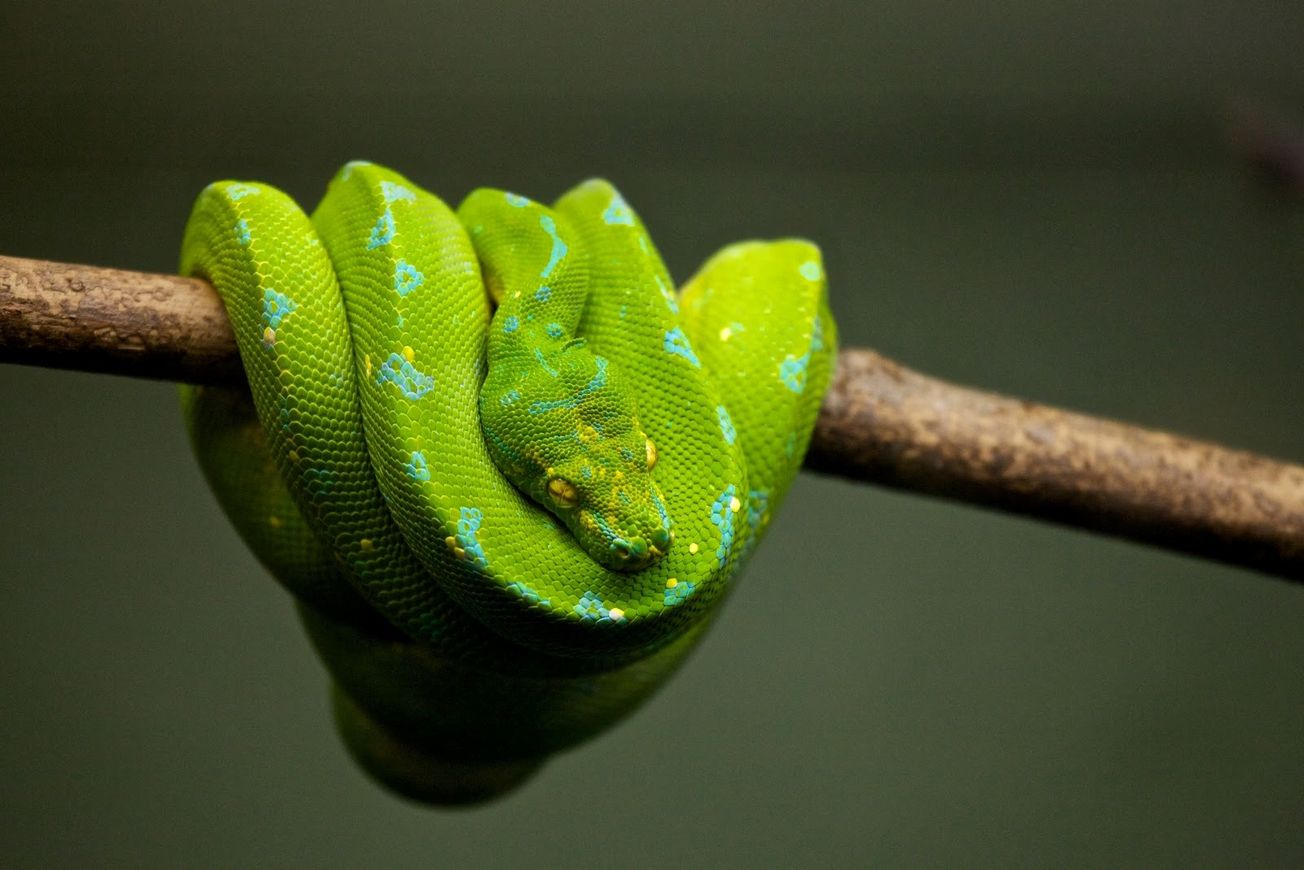By Nicky Kobayashi-Boyd, Third Year, Biology
In June 2017, snakebites were formally listed as a highest priority neglected tropical disease by the WHO. The ADDovenom project, coordinated by the University of Bristol, aims to develop a new type of snakebite treatment that may save the lives of the most vulnerable and overlooked communities globally.
It is suggested that snakebites are responsible for the deaths of over 120,000 people globally per year, according to estimates by the Wellcome Trust. 400,000 are estimated to sustain life changing disabilities.
Generally concentrated in low-income and rural areas of Africa, Asia and South America, snakebites can cause scarring, haemorrhage, paralysis and tissue death. Agricultural workers and children are at the highest risk in these communities.
Snakebites are currently treated using antivenom, which has seen little update since it was first developed in the 19th century. It cannot be used generically: the global production of antivenom can only be used to treat 57 per cent of the world’s species of snake.
Current antivenom is expensive and difficult to produce; it must also be kept refrigerated, which can be impossible in many rural areas. Of the 6.8 billion people living in range of venomous snakes, 750 million live too far from health services to receive effective treatment.
The current state of antivenom treatment has created a destructive cycle. Countries that do not have the facilities or funding to produce high-quality antivenom may resort to cheaper, low-quality, or even fake antivenom. Patients who are administered unsafe or inadequate treatment may suffer adverse effects, and the community lose trust. A drop in demand for antivenom forces prices up further, or results in a complete production halt.
These factors have manifested into snakebites becoming a hidden and deadly global health crisis. The ADDovenom project is a multidisciplinary and international effort to produce a treatment that overcomes the challenges in treating snakebites in all corners of the world.
**ADDovenom has OFFICIALLY LAUNCHED**
— ADDovenom (@ADDovenom) November 5, 2020
We are an EU-funded, interdisciplinary research group composed of @BristolUni x @iBET_Portugal x @LSTMnews x @UniversiteLiege x @univamu focusing on Novel SnakeBite Therapy🐍🩸
*Funded by @EU_H2020 #SnakeBites #ADDovenom pic.twitter.com/luwUKdnUej
The team have set out to use their pioneering ADDomer nanoparticles as a revolutionary treatment. These protein-based nanoscaffolds act in a virus-like manner. Binding sites on the ADDomer particle could act like jigsaw pieces to the shape of specific snake toxins, and help the body destroy them from the patient’s bloodstream.
The EU funded project, due to finish in 2024, aims to be effective against the bites of eight snake species – chosen as they inflict the most difficult to treat and damaging symptoms in Sub-Saharan Africa. The researchers strive to produce a treatment that is easy and cheap to produce and does not require refrigeration.
Professor Christiane Berger-Schaffitzel, coordinator of ADDovenom and a researcher at the University’s School of Biochemistry, commented: ‘I am very much looking forward to working for the next four years with these leading scientists to address current antivenom treatment deficiencies.
The insect mothers that give birth to babies as large as themselves
Bristol zoo to close after a rich 185-year history
‘Our ultimate goal is to provide a low-cost, easy-to-produce, safe to administer, clinically effective and low dose type of antivenom that can be stored and used for community treatment ideally at the point-of-care — a substantial therapeutic advance to reduce the global mortality of venomous snake bites.’
The project receives 3.5 million euros under the FET programme by the EU, joining a portfolio of innovative technologies and early stage science research. The participating universities in the ADDovenom project include Universite de Liege (Belgium), Liverpool School of Tropical Medicine (UK), Université D’Aix Marseille (France) and Instituto de Biologia Experimental e Tecnologica (Portugal).
Featured image: Unsplash / Marius Masalar
Do you think more treatments should be available for snake bites?









